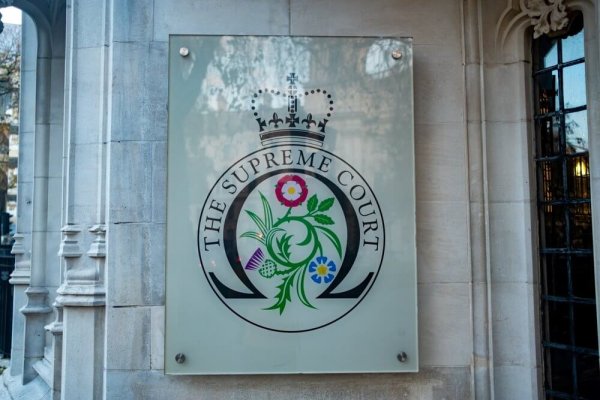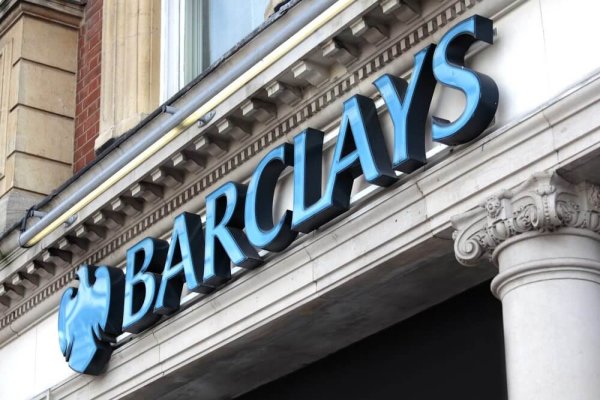Liquidation and Closure
Take advice early on your legal responsibilities and how to protect your own interests
Find out how we can help, our initial consultations are free.
We take a different approach to company liquidation

We put your interests as a Director first
OUR PRIMARY OBJECTIVE IS TO LOOK AFTER YOUR PERSONAL INTERESTS
Our service is structured entirely to protecting your best interests, advising and guiding you through the insolvency process and out the other end, quickly and with as little difficulty as possible. Find out here if your company is insolvent.
WE WORK FOR YOU; WE PREPARE YOU IN ADVANCE FOR THE INSOLVENCY PROCESS
We do not work for creditors we work for you and we start the process by having one or more entirely free and confidential conversations about your company’s financial situation and what your options are. Be prepared in advance and don’t make things worse.
WE’RE WITH YOU FROM THE START, THROUGHOUT THE PROCESS AND BEYOND
We start by providing practical, impartial advice, (like how to avoid the 5 costly mistakes Directors make). We help guide you through the insolvency process, and are still there at the end of the process with a range of professional services for those entrepreneurs ready to start again.
If you think your company is insolvent, you should call us first for a free consultation on how to protect your own interests, as well as addressing your legal responsibilities
An overdrawn Director’s Loan Account is a personal problem
Do not speak to an insolvency practitioner until you are clear on how much the account is overdrawn and have a strategy on how to minimise your personal liability.
Concern and issues with your Bounce Back Loan or CBILS?
Get the facts on Bounce Back Loans and CBILS regarding company insolvency, how to justify expenditure, and what these loans can and cannot be used for.
Alternative ways to pay for insolvency practitioners fees
Company insolvency means insolvency practitioners fees – however, there are ways to minimise any personal costs you may incur and we’ll advise you of these as part of our service.
Staying clear of the personal risks of wrongful trading
There is a point in time when a Director should be aware the company can’t meet its financial liabilities and from that point you can be personally liable. Take advice early.
Avoid the problems of creditor led compulsory liquidation
Don’t let this run ahead of you and don’t think it’s an easy closure option. Compulsory liquidation from disgruntled creditors, HMRC or your bank is always better avoided.
Take advantage of our free and impartial advice
Speak to our experienced accountants and specialist advisors and find out where you stand and how to best protect your own interests in these difficult circumstances.
Problems repaying your Bounce Back Loan?
Find out how we can help, our initial consultations are free.
SO WHAT IS COMPANY INSOLVENCY?
A company is deemed insolvent when it can’t pay its debts. This could mean:
- it can’t pay bills when they become due
- it has more liabilities than assets on its balance sheet
We have detailed the common signs of insolvency in the sections below.
We have detailed the common signs of company insolvency in the sections below.
You are at or close to the limit of your bank overdraft and have been refused further borrowing unless you agree to provide personal guarantees.
You may have received a Statutory Demand from a secured or unsecured creditor, or are receiving threats of legal action against the company for unpaid bills.
You don’t have the systems in place to provide vital financial information about the performance of the business to enable you to make decisions with confidence.
You no longer pay your creditors on time and find yourself struggling to run the business effectively because of constant creditor pressure.
You find it a continuing struggle to pay employee wages and salaries, or you have started not taking a salary yourself. In addition to this PAYE/NI is not being paid to HMRC.
This is a common problem with insolvent businesses and a real warning sign, where you’re finding it difficult to keep up with tax payments, or have already fallen into arrears.
How the process works
1. We assess your company’s circumstances
We’ll assess the financial circumstances of the business to see if there’s scope for its finances to be restructured.
If a restructuring of the business is not a viable option then we will look at the liquidation options.
As part of the liquidation assessment, we will determine if a Pre Pack administration is suitable or if an asset buy back is worthwhile.
2. Decide on the solution that’s best for you
Directors often take a different view and perspective of the issues once the objective assessment of the company’s circumstances has been undertaken.
Directors can sometimes be too close to the problem to fix it, however this can lead to further difficulties and personal liability.
Once an option is decided on we can then get the process underway without delay.
3. Accept our proposal and engagement
We will send you a full proposal detailing, the costs and the different ways the costs can be covered. Your personal survival strategy will be included.
As part of our service, we will assess if you qualify for Director’s Redundancy Pay and help you claim that (the average claim is £9000, it can help pay for fees).
If it all suits, sign the proposal and we can proceed.
4. Agree and sign the insolvency papers
Once you have decided to proceed, we’ll then collect all the company information required to undertake the formal liquidation process and close the company.
If you are closing a company with debts, we will discuss the format of that with you and we will then have the liquidation papers prepared for you to sign.
The next step in the process is the creditors meeting.
5. A date for the creditors meeting is set
A date is set for the creditors meeting.
Most creditors meetings are now held remotely. It’s a requirement for an insolvency practitioner and a nominated Director of the company to attend (which can be remotely) and it’s normally the case that creditors don’t attend.
The insolvency practitioner is formally appointed at the creditors meeting.
6. Insolvency practitioner is appointed
Once the insolvency practitioner has been appointed your role as a Director of the company comes to an end.
The insolvency practitioner will now deal with the company’s creditors and realise any assets for the benefit of creditors.
The formal liquidation process will be then be undertaken by the insolvency practitioner, and this will formally close the company.
Are you due Directors Redundancy Pay?
Directors must meet certain criteria to qualify for redundancy payments. Get the facts here.
Insolvency options available to Company Directors

1. Creditors voluntary liquidation
A formal liquidation process for limited companies initiated by the company’s Directors.
2. Members voluntary liquidation
A process for shareholders to close their company and extract surplus funds in a tax efficient way.
3. Administration
A process to allow a viable business to be restructured to become profitable or to be sold.
Fast Track Online Company Insolvency
Fast Track Online Process for those ready to liquidate and wanting to move quickly
Forewarned is forearmed - get the right advice

UK Supreme Court delivers landmark judgment
For the first time, the Supreme Court has considered whether there is a common law duty on directors to act in the interests of creditors when a company faces insolvency but is not yet in an insolvency process (the so-called twilight zone).
Unanimously agreeing that such a duty does exist, the judgment provides important guidance on when that duty arises and what it requires of directors.
Company Directors Beware of the Misfeasance Claim
Company directors face a heavy burden in circumstances where insolvency threatens at the doorstep.
In those circumstances, the duty of care swings from the shareholders to the company creditors.
The risk of personal liability becomes real and delinquent directors can be called to personally contribute for failing to prevent damage and take proper steps to protect creditors’ interests at the time of the liquidation.

Barclays Bank to chase Covid loan money
Barclays is joining forces with an insolvency specialist to try to recover millions of pounds of misappropriated loans advanced under the UK Government’s Covid-19 bounceback scheme.
The pilot scheme to recover the money, runs until June 2023.
Barclays would issue a winding up petition against non-paying companies, which would then be put into compulsory liquidation administered by the official receiver.
Whether you are looking for advice and guidance at this important juncture, or are ready to liquidate and want to get the process underway, we can accommodate your requirements.
Set an appointment for your free consultation
Get access to our Fast Track Online Process
